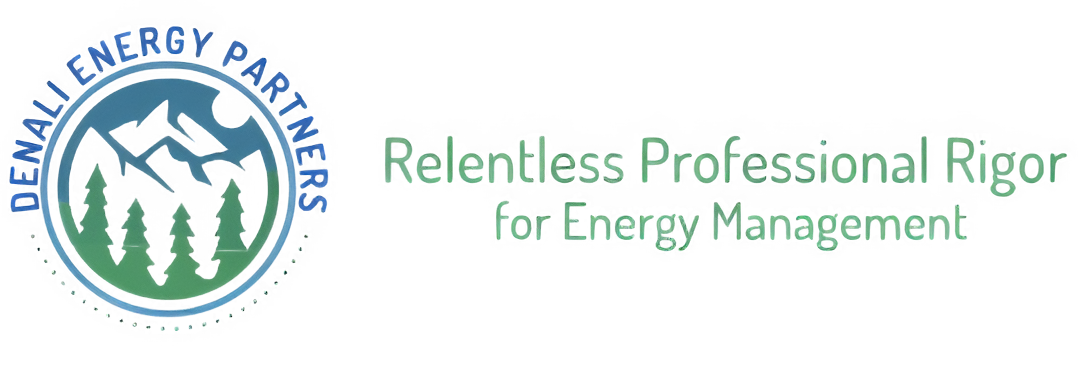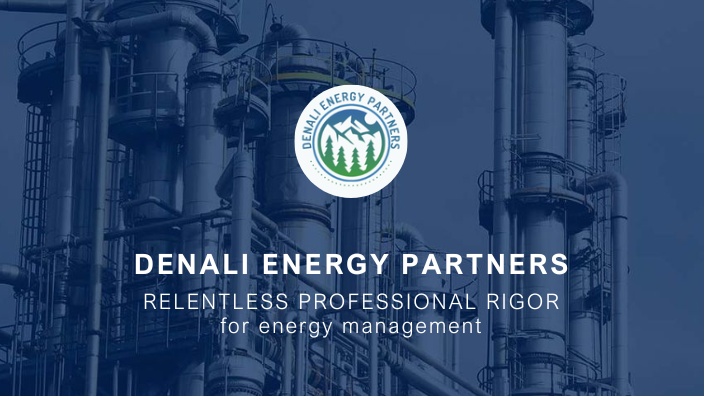Greenhouse Effect Consequences Industrial Parks
The greenhouse effect, a natural process that warms the Earth's surface, has been significantly intensified by human activities, leading to a range of environmental consequences. One of the primary contributors to this exacerbation is the proliferation of industrial parks, which are hubs of manufacturing and production. These industrial areas release substantial amounts of greenhouse gases, such as carbon dioxide and methane, into the atmosphere, thereby amplifying the greenhouse effect. Understanding the impact of industrial parks on the environment is crucial, as it highlights the urgent need for sustainable practices and policies to mitigate the adverse effects of climate change.
Consequences of the Greenhouse Effect on Industrial Parks
The greenhouse effect, primarily driven by the accumulation of greenhouse gases such as carbon dioxide and methane in the atmosphere, has significant consequences for industrial parks. As global temperatures rise, industrial parks face increased risks of extreme weather events, such as floods, hurricanes, and heatwaves, which can disrupt operations and damage infrastructure. Additionally, the need for cooling systems in factories and warehouses may increase, leading to higher energy consumption and costs. The changing climate can also affect the availability of resources, such as water, which is crucial for many industrial processes. Furthermore, regulatory pressures to reduce carbon emissions are likely to intensify, requiring industries to invest in cleaner technologies and sustainable practices. These challenges necessitate a proactive approach in adapting industrial parks to mitigate the adverse effects of the greenhouse effect, ensuring resilience and sustainability in the face of a changing climate.
Consequences of the Greenhouse Effect on Industrial Parks
The greenhouse effect has significant consequences on industrial parks, impacting both their operations and the surrounding environment. As greenhouse gases accumulate in the atmosphere, they contribute to global warming, leading to increased temperatures and more frequent extreme weather events. For industrial parks, this means a higher risk of disruptions due to storms, floods, and heatwaves, which can damage infrastructure and halt production. Additionally, the rising temperatures can increase energy demands for cooling systems, thereby raising operational costs. Furthermore, industrial parks may face stricter regulations and pressure to reduce their carbon footprint, necessitating investments in cleaner technologies and sustainable practices. These changes not only affect the economic viability of industrial parks but also pose challenges in maintaining compliance with environmental standards and meeting the expectations of environmentally conscious stakeholders.




